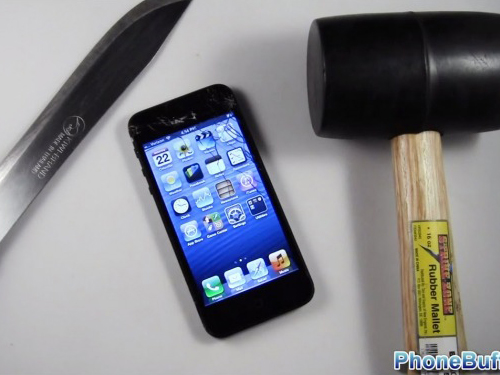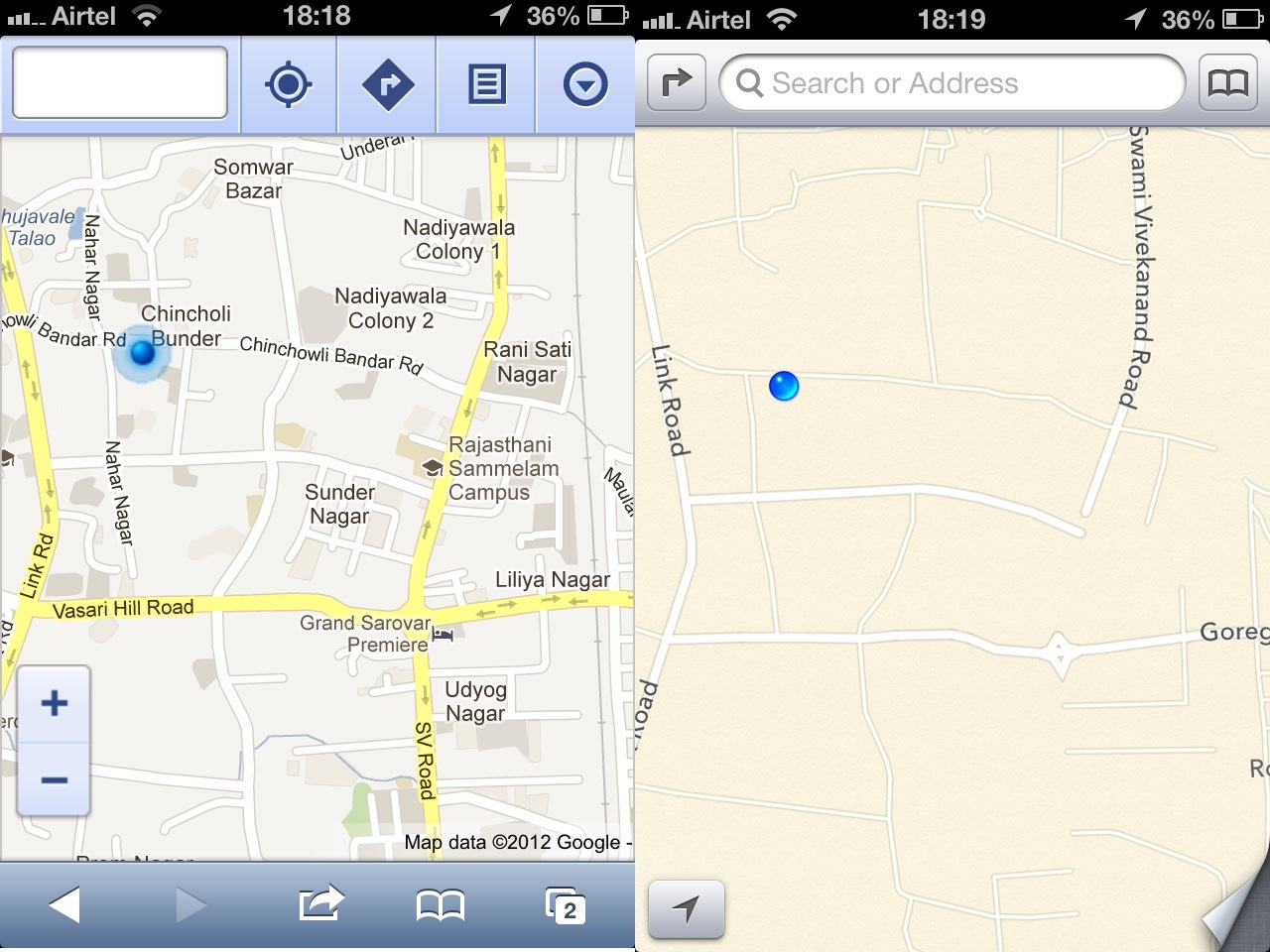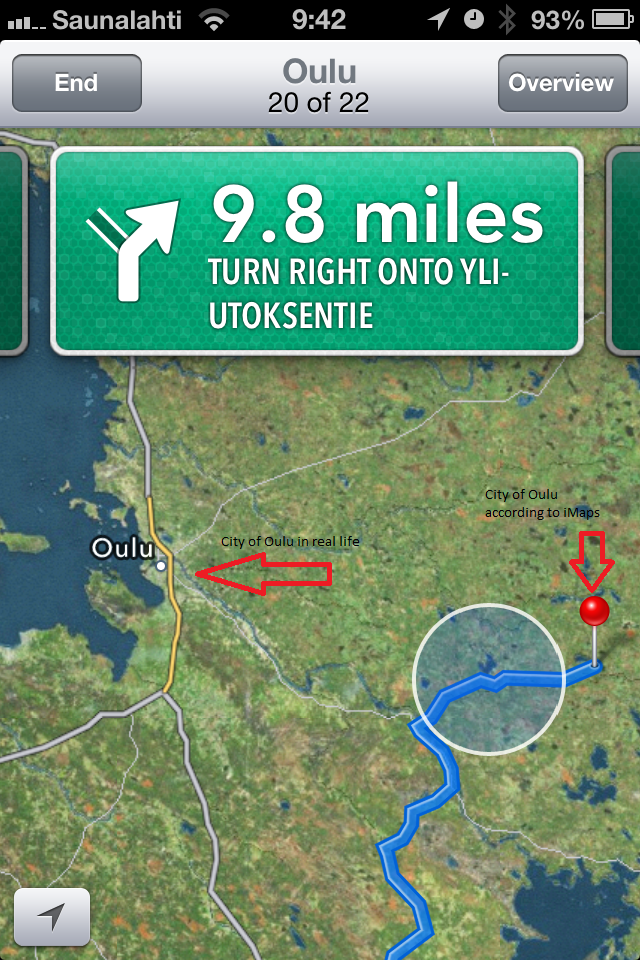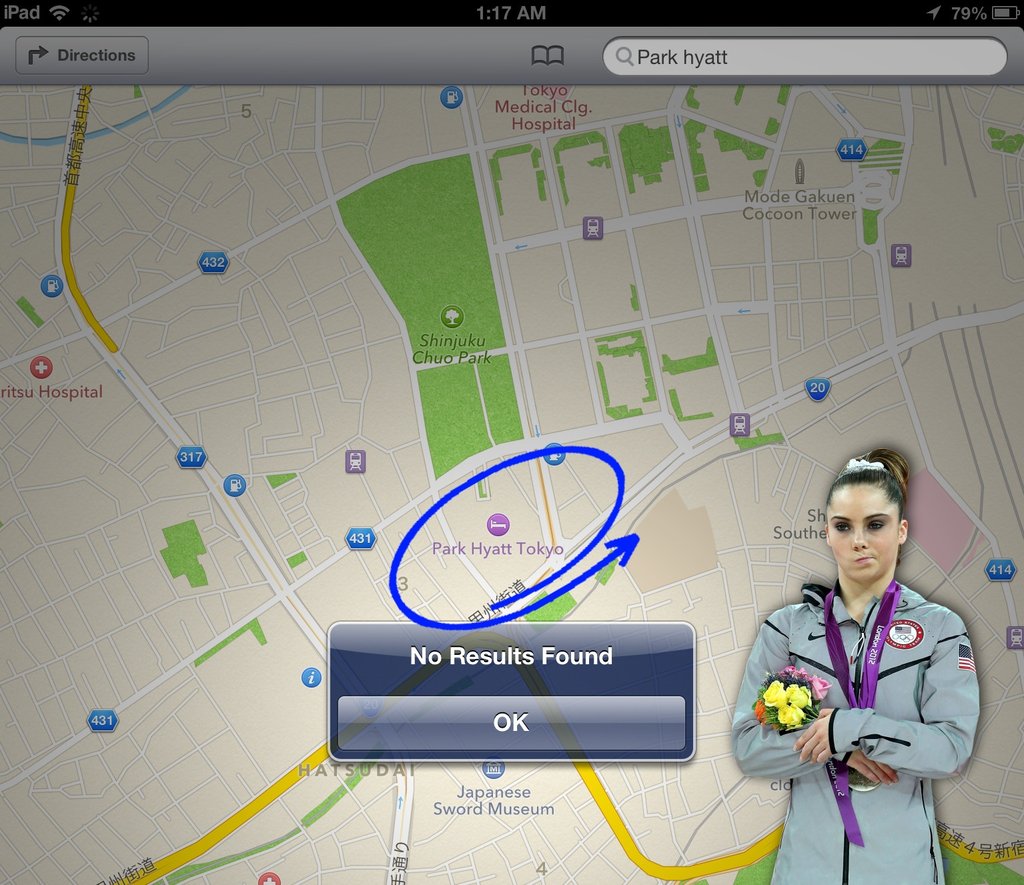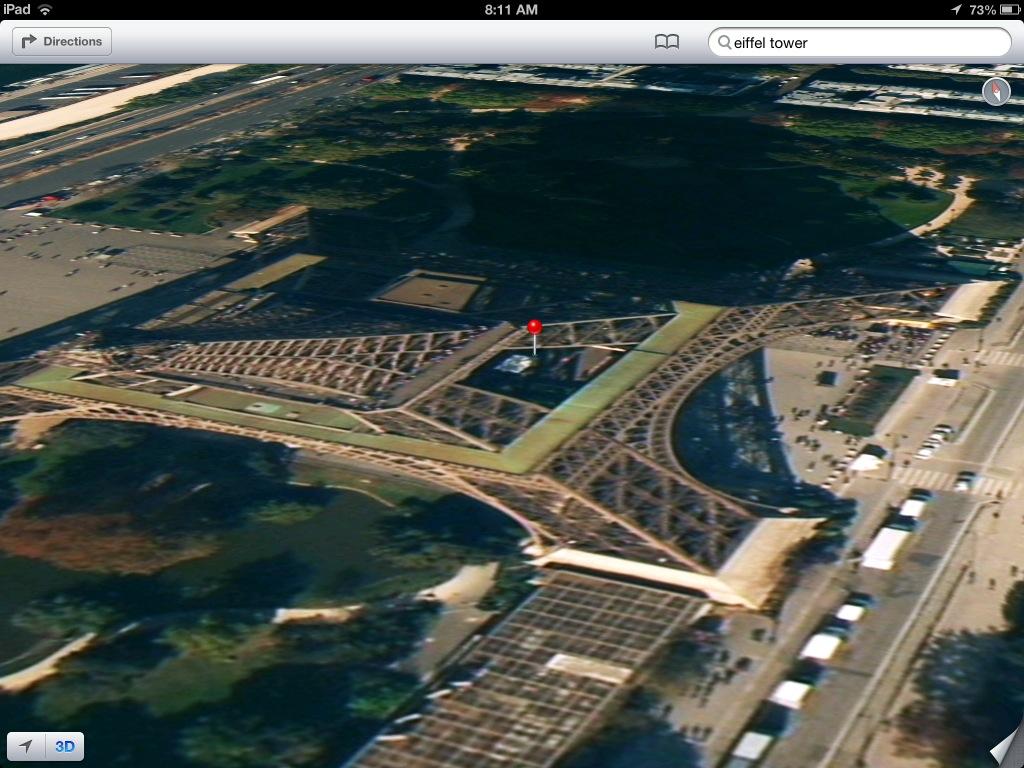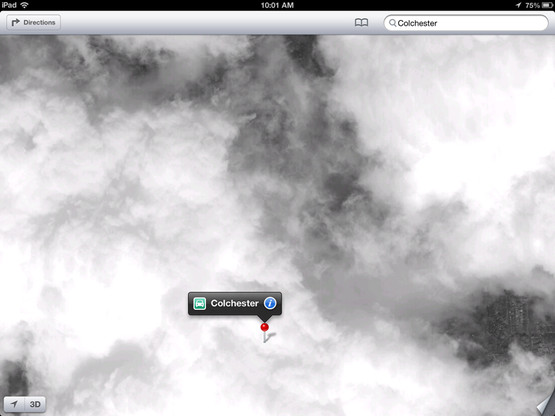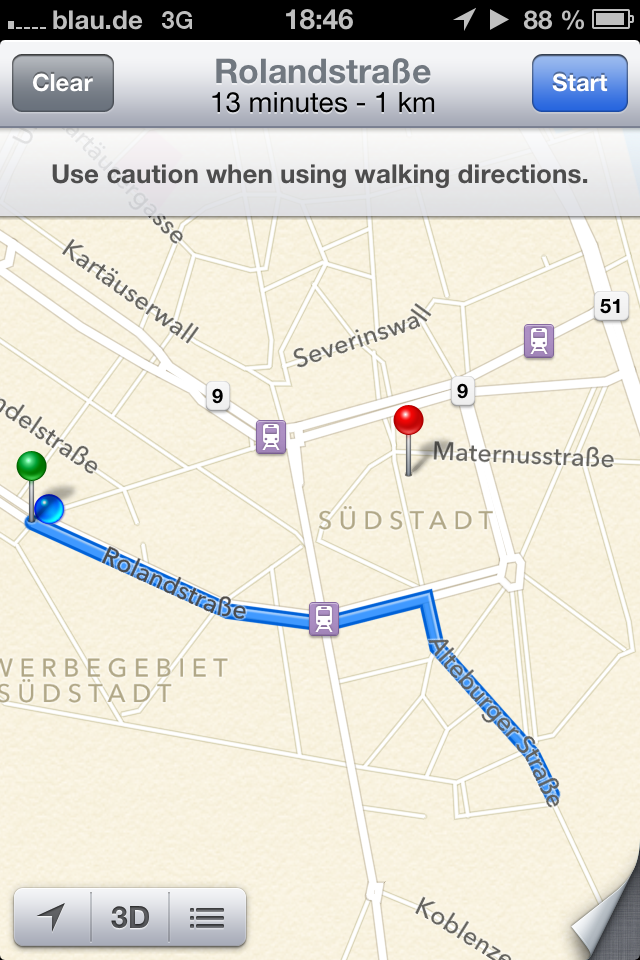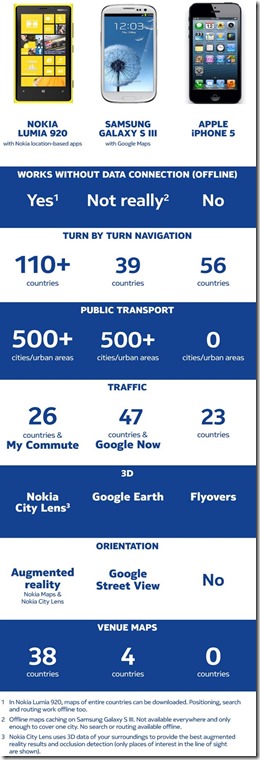Today, the iPhone, taken as a collective for each generation rather than an individual version, is the most popular gadget in the world. When it launched in 2007, few people would have predicted that success, not least because Apple had never made a phone before, and was far from the behemoth it is today. Back then, Apple had found success with its iPod, but its Mac line of computers were far from a threat to Windows in terms of marketshare, and the presiding thought was that Nokia was just too big to have any competition, let alone from a company that had never made a phone. Microsoft’s Steve Ballmer laughed at the iPhone for lacking a physical keyboard thus not appealing to business users, and bragged about how Microsoft was selling “millions and millions” of phones. Unfortunately those phones were Windows Mobile, and I’ll be surprised if anyone on the planet has a good word to say about them.
There’s no denying it, the iPhone changed the industry. But why? It didn’t invent anything, touch screens were already around, although had not been adopted by the public at large; phones were already doing email, video playback, video calls. In fact, the first iPhone was lacking some serious features: Bluetooth file transfer, USB file transfer, multimedia messaging, multitasking, video calling, navigation, a camera that could take good pictures, it didn’t even have 3G connectivity. Despite this, it caught on and transformed the marketplace to such an extent that touch screens are now the overwhelming dominant style, and Samsung has built a lot of success copying that design. So what was it about the iPhone that made it so popular?
Simplicity. Unlike other touch devices before it, the iPhone was thin and sleek. It had consumer appeal. The operating system was easy to use, streamlined, and fast. While it lacked many features, what it did include were of a high standard – reading emails was now easier than ever, and accelerometer-based games grabbed everyone’s attention. There was no clunky interface, no trying to navigate a screen using a button to tell an invisible cursor where to go. Your finger touched glass, not plastic, and everything was only a click or so away. Then there were the apps – perhaps the main selling point for the iPhone, thanks to Apple’s “There’s an app for that” campaign. Again, Apple didn’t invent it, but it did perfect it. An easy to use App Store meant searching for and finding apps was a breeze, and developers saw the potential before them. There was a whole ecosystem to take advantage of here – downloading iTunes albums and shows straight to your device and then having the famous iPod interface before you was a breath of fresh air.
True to its tacit mantra, Apple has avoided copying much from other phone companies and instead followed its own path. While it did relent and include media messaging functionality, it still has refused to include Bluetooth file transfer, mass storage, or even adopt the universal micro-USB charging port. Instead, Apple looks at the last iPhone and decides on incremental updates to make that particular experience better. And it’s been incredibly cocky in doing so – the famous “You’re holding it wrong” from antennagate on the iPhone 4 and the “It’s normal” from scuffgate of the iPhone 5 may have left a sour taste in the mouth of some users, but it hasn’t slowed down sales. Apple isn’t lying when it says the iPhone 5 is the best iPhone yet – while there can be disputes over its technology not matching the innovation in other devices, it’s a step-up from each previous iPhone. With a larger screen, a faster processor, better graphics and large storage for all your media, there’s plenty for users to be pleased with. It’s the thinnest phone in the world, and impossibly light. Looking back to 2007 and the original iPhone, it’s come a long way and the ecosystem has never been better – there’s Apple TV, iCloud, iMessage, FaceTime, a very good camera with 1080p video recording, one of the best screens in the world and now turn-by-turn navigation to try to match the competition. And unlike the launch of the first iPhone, with its exclusivity to O2, it’s now available on every network with an array of new iphone deals.


